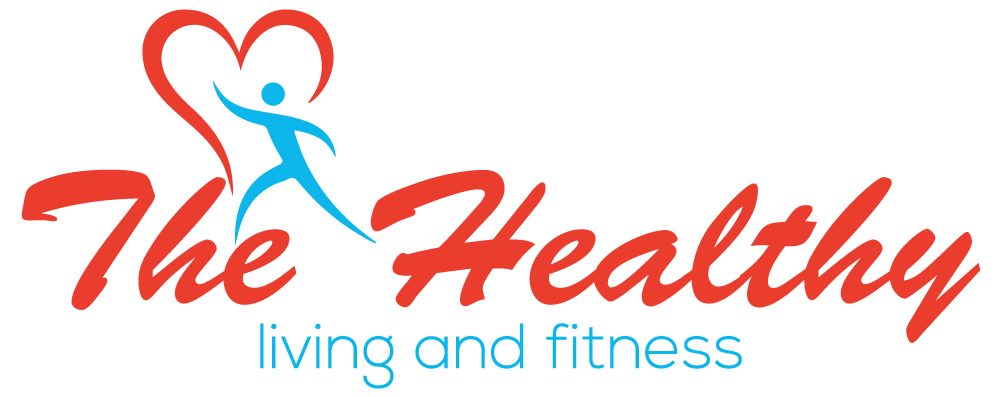Cupping is a type of alternate medicine dating back to at least 1,550 B.C. During these practices, Ancient Egyptians and other Middle Eastern cultures placed specialist cups on your skin. Nowadays, the cups can be made of different materials like glass, bamboo, and silicone. These will stay on your skin for several minutes in order to create suction.
Placing the Cup
To create the suction, a licenced therapist will light a cotton ball doused in alcohol on fire and place it inside the cup for several seconds. When the fire goes out, the cup is then placed upside down on your skin done for approximately 3 minutes so the air inside cools to create a vacuum. Your blood vessels will expand, and this will cause the skin to rise and redden. Although fire cupping is the most traditional approach, alternatives include dry or wet cupping.
Is Cupping Good for You?
Cupping is said to increase circulation wherever the cup is placed and the extra blood flow in that area will help to relieve muscle tension by loosening the muscles and encouraging cellular repair. Furthermore, some reports state that the practice ‘sedates’ the nervous system which can benefit people who have high blood pressure.
Fire cupping is believed to help release toxins from the tissues whereas wet cupping is said to bring these toxins to the surface. It is important to note that small incisions are made in wet cupping after the cup is removed, and then it is placed back on the skin for another few minutes to draw the toxins out. Cupping can also help:
- Anxiety
- Reduce stretch marks and scars
- Varicose veins
- Digestion
- Back and neck pain
- Migraines
- Immune function
The Negatives of Cupping
Since cupping involves creating a vacuum, there will definitely be some light to severe skin discolouration and marks from the suction of the cups. Luckily, this is not permanent and usually fades within a week.
With this said, it’s possible for cupping to cause scars, burns, and infections, particularly when it comes to wet cupping. In fact, there have been some reports that wet cupping could cause temporary anaemia due to blood loss, however this is unconfirmed.
Cupping has had several investigations, however many of the claims aren’t back up by science and lack supporting evidence. This is because it is hard to perform high-quality studies on the practice, particularly since it’s difficult to create a convincing placebo.
With this said, a lot of people who have had the procedure claim to see big massive improvements in their health and wellbeing. Plus, cupping is also an important part of some cultures and is used as a form of healing and pain treatment. If you’re interested in fire cupping or wet cupping, always do your research beforehand and consult a licenced professional.
